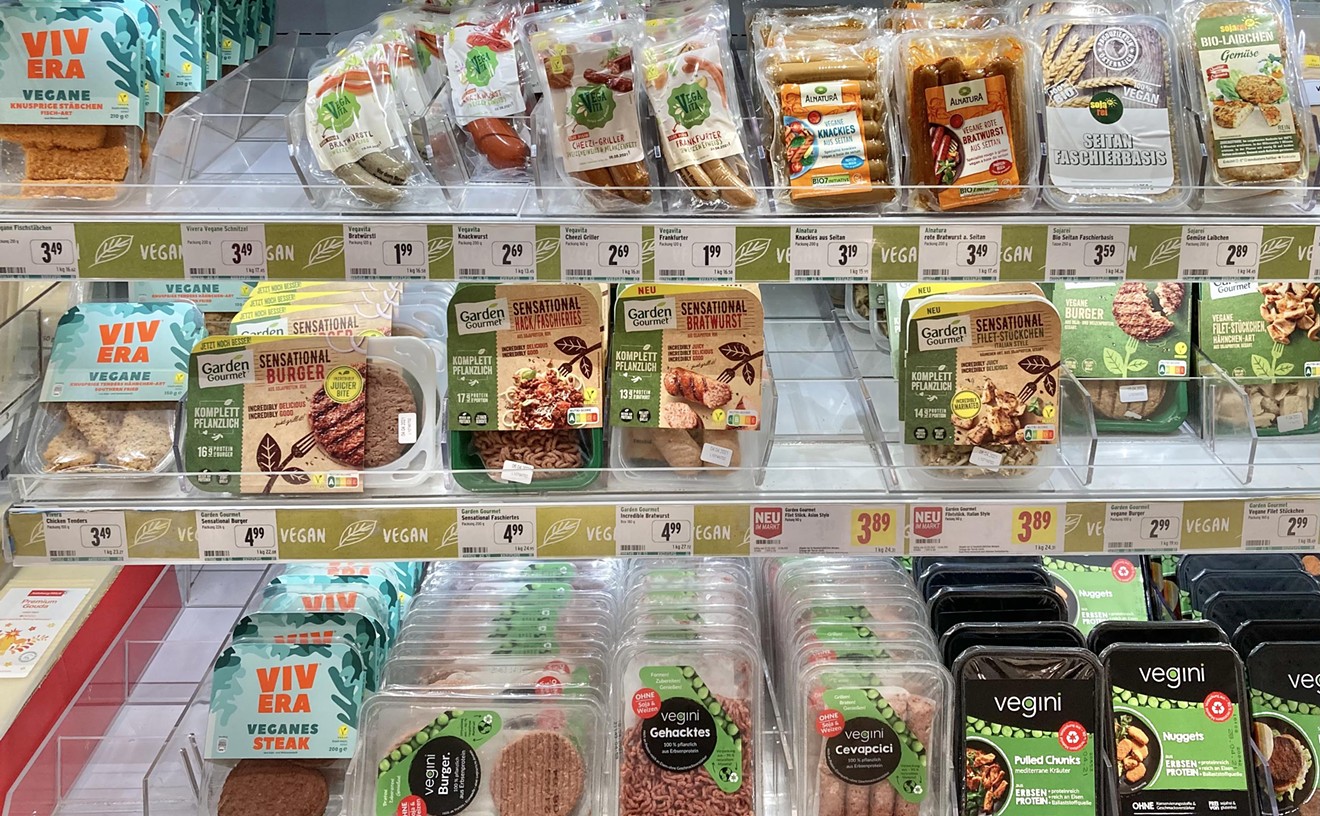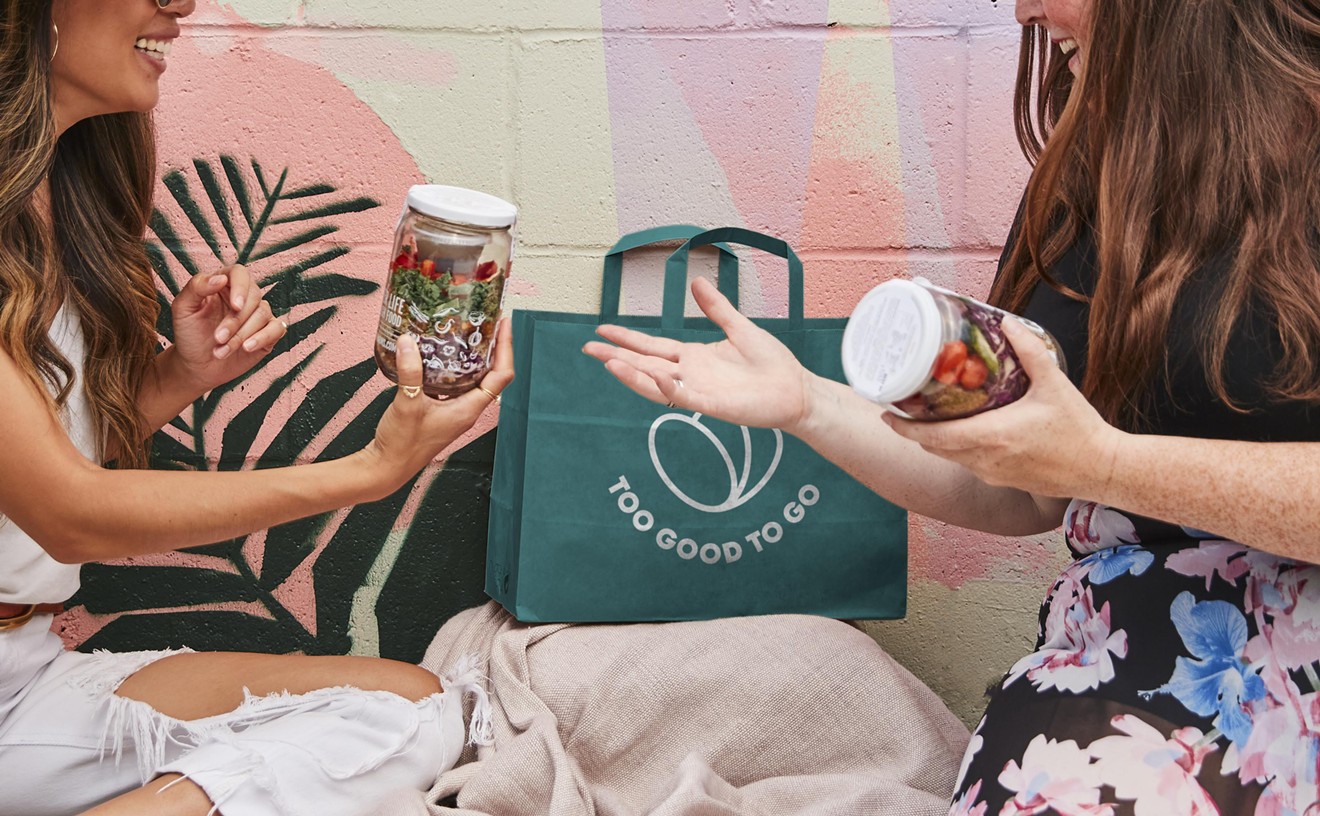A little bit of history. Business meals were once 100 percent deductible. But in 1986, Congress slashed that figure to 80 percent, and in 1994 trimmed it further to 50 percent.
Needless to say, the restaurant industry took a hit when the lower deductions kicked in. That's because, as students of economics could have predicted, the incentive to eat out diminished.
Now, the restaurant industry is trying to recapture the ground it lost a decade ago.
But not all at once. Its lobbyists have put together an extremely clever plan to restore the restaurant industry's seat at the federal subsidy trough. They're asking Congress to raise the deductibility limit from 50 to 80 percent. And they want the new deduction to apply only to companies with annual sales of $5 million or less. That way, they hope to make an end run around possible public protest about feeding the prosperous bosses and clients of multibillion-dollar operations like Microsoft, Motorola or General Motors.
The NRA argument is not totally without merit. According to its studies, more than two-thirds of the folks who take business-meal deductions earn less than $60,000 a year. Many are self-employed. The study also found that business-meal spending isn't very wild, with most of it done at low-to-moderate-priced restaurants. The average business-meal breakfast check is $7.66; the lunch check is $11.60; and the dinner check is $22.52. Herman Cain, president of the NRA, looked at the lunch numbers and said, "We're talking a chicken sandwich, a cup of soup and an iced tea. This is far from the fat-cat three-martini-lunch stereotype that wrongly and unfortunately plagues the issue."
The NRA also claims that boosting the deduction would boost the economy. Its study says raising the deductibility limit would generate more than one billion dollars in economic activity.
Naturally, the group's ultimate aim is 100 percent deductibility for all businesses. The current proposal is simply an opening wedge, a way to get its feet in the door.
I'm willing to go along, even for 100 percent deductibility, under the following conditions:
1) Cap the deductions: Breakfast, $10; lunch, $15; dinner, $25. It's okay for America's businesspeople to take care of their clients' hunger pangs, if that will spur the economy. But I don't see how the economy is served by giving clients a gourmet meal. If CEOs want to talk business over lunch and want taxpayers to help with the check, let them eat chicken sandwiches.
2) Give all workers the same benefit. A working lunch--whether a sandwich at your desk or at a restaurant with co-workers, is just as business-related as any executive meal. What do you say, capitalists?
--Howard Seftel
Suggestions? Write me at [email protected] or New Times, P.O. Box 2510, Phoenix,










